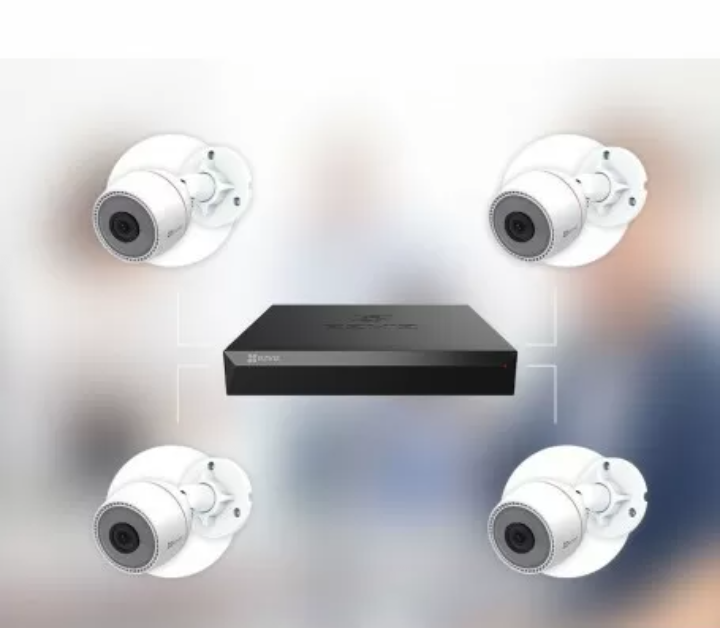Home security is one of the concerns most shared by occupants. To address this growing concern, increasingly sophisticated and practical technological innovations are emerging every year. Most of these innovations make it possible to monitor your home “intelligently” and remotely. With the health crisis the world is facing, home security is incorporating new devices: thermal cameras. Discover in this post an overview of the latest surveillance systems designed for the security of your homes.

The thermal camera: an ally of choice
Once confined to specific locations such as airports, this device has gradually begun to become more widespread and is now found in homes. With the new thermal camera, it is easier to detect, without taking any risks, one or more individuals who have an abnormally higher than normal temperature. There are different models of thermal cameras: portable models and fixed ones. Portable models are much more suitable for home use. They allow you to scan and take the temperature of a visitor, for example, while remaining several meters away from them. The device has a high-resolution screen on which the measured temperature can be read in real-time. Note that this technological innovation has adjustable parameters that automatically trigger a signal when an individual has a suspicious temperature. Specific measures can then be taken to isolate the latter to subject them to more complete medical examinations.
Fixed thermal cameras can be installed in a strategic location on a wall or under a ceiling. They have a relatively large coverage range that allows them to scan a larger number of people at once. Whether fixed or portable, these thermal cameras are quite easy to install. They have an algorithm and artificial intelligence that allow them to determine with excellent precision the temperature of the subject(s) scanned. By correctly calibrating the camera, you can achieve a precision of around 0.3°C or even 0°C. If you combine this technological innovation with measures such as wearing a mask, washing your hands and other barrier gestures, you will increase your chances of driving this virus out of your home. If you want to know more about how this virus acts in the body and the best ways to protect yourself from it,
Other technologies for securing your home
To make your home safer both when you are there and when you are not, you have the choice between several solutions in terms of technological innovation. Depending on the size of your house (apartment or large residence) you will have the choice between the following systems:
- systems for outdoor security;
- ignition systems;
- and remote monitoring systems.
Exterior security systems
These are the surveillance systems that are on the front line in protecting your home. Outdoor security systems are technological innovations that allow you to monitor entrances, the terrace, the garden, windows, etc. They have highly sensitive sensors that examine the different areas where they are installed in real-time. When they detect the slightest suspicious presence, they trigger an alarm and/or send you a notification.
Ignition systems
This is a simple but very interesting technological application. These devices are systems that allow you to turn on and off the lights in your home remotely. If you are traveling, for example, by turning the lights on and off at certain times, it gives the illusion that the house is always occupied. This little trick is basic but very effective in deterring most burglars who would like to take advantage of your absence to pay you a little visit.
Remote monitoring systems
This technological innovation is essentially composed of surveillance cameras and an application to install on a phone or tablet. The principle of this surveillance system is quite simple: it transforms your phone into a technical surveillance center. You will be able to see everything that is happening at home, whether you are at the office or traveling. Depending on the type of camera chosen, you will be entitled to images taken continuously, or to images generated only when a person commits an offense. Note that some cameras have the same sensors as outdoor surveillance systems. They can thus fulfill both roles.

















